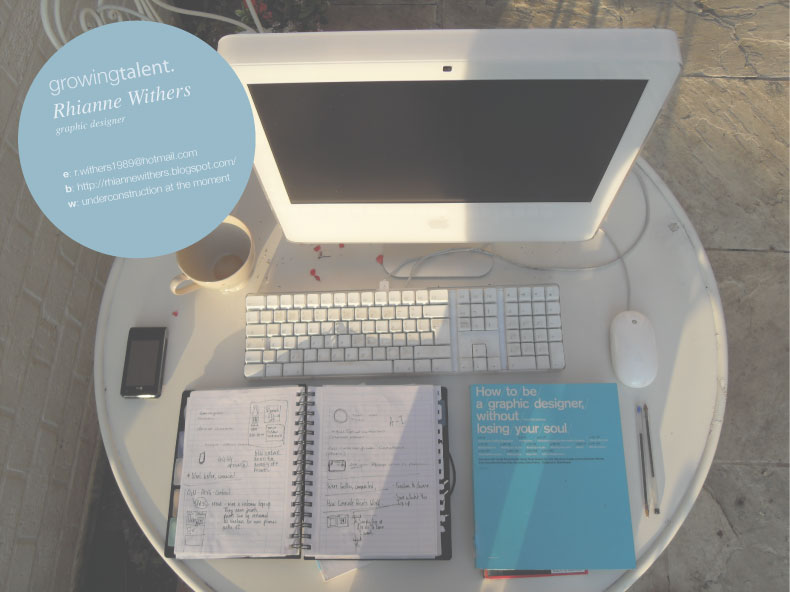Richard Talbothttp://www.richardtalbot.org/
I use drawing as a way of thinking, and a way of bringing together apparently disparate ideas and images. Through drawing I can start with a gut feeling, a vague thought, a hunch or an idle observation and can distil and combine these into something concrete.
Drawing has become the major part of my studio practice, but I think of myself as a sculptor. Within the drawings, I develop forms associated with architecture, maps, landscape, water, vessels and containers, using a process (geometric linear perspective) that involves producing a complex and almost transparent matrix. This web of lines acts as scaffolding in which the images are created and then held. Importantly, and possibly paradoxically, a strict geometric drawing system such as perspective allows me to have an almost purely intuitive response to ideas and images.
My approach to making a drawing is comparable to that of the building a medieval/gothic cathedral, where a relatively rigid two-dimensional ground-plan was put in place, and the ensuing structure then developed organically, its form being the result of varying amounts of intention, pragmatism, accident and ambition.
The purpose of the paper is to demonstrate an approach and method for constructing perspectival space that may account for many of the distinguishing spatial and compositional features of key Renaissance paintings. The aim of the paper is also to show that this approach would not necessarily require, as a prerequisite, any understanding of the geometric basis and definitions of linear perspective as established by Alberti. In particular, the paper discusses paintings in which the spatial/geometric structure has often defied conventional reconstruction when the strict logic of linear perspective is applied. It specifically examines the spatial construction of four very different paintings in order to explain how the geometry and methods involved may shed light on Brunelleschi's architecture, as well as on some of the questions and issues surrounding the history, origins and nature of linear perspective.
Monday, 18 February 2008
Subscribe to:
Post Comments (Atom)

No comments:
Post a Comment